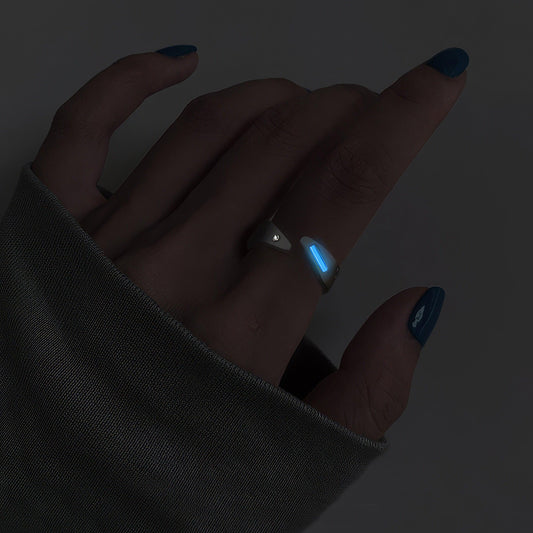Understanding the Intricacies of Stone Cuts A Personal Perspective
Understanding the Intricacies of Stone Cuts A Personal Perspective
Last summer, I found myself standing in a quaint little jewelry shop in the heart of New Orleans, dazzled not by the glitter of the stones but by their shapes. I had a new appreciation for the world of stone cuts—a realm not merely about aesthetics but about character and history.
The marquise cut caught my eye first, its long, tapered shape reminiscent of an elegant old-world sailboat slicing through water under a star-dappled sky. Legend has it this distinctive cut was commissioned by King Louis XV of France in the 18th century, aiming to capture the smile of his beloved, the Marquise de Pompadour. This cut, with its 58 facets, optimizes sparkle and lends an air of regality to the simplest gemstone. It's a shape that feels as though it whispers secrets of the past while promising a future of sophistication.
Then there's the emerald cut, synonymous with classic elegance. Its origins trace back to the 1500s when it was devised to reduce the pressure on emeralds during cutting. Although emeralds were the initial subject, the style was so admired that it transitioned to diamonds and other stones. Its hallmark is its 'step cuts'—the broad, flat planes that create a hall-of-mirrors effect. I remember my grandmother’s cherished emerald-cut ring, shimmering with understated grandeur, like the soft glow of a candle-lit dinner. To me, this cut always feels like a connection to an era when refinement was understated, yet profound.
The Asscher cut, meanwhile, carries a touch of drama and flair. Born in the Art Deco period, it exudes an aura of vintage glamour. This cut is all about precision; its deep pavilion and high crown provide brilliance and reflections that are hypnotic. I couldn't help but think of a black-and-white film star every time I saw one—impeccably dressed, exuding confidence with every move. There's a boldness to the Asscher cut that isn't just about looks; it’s about making a statement.
Round brilliant cuts, perhaps the most prevalent in the market, owe their vast appeal to their unrivaled sparkle. Developed in 1919 by Marcel Tolkowsky, a mathematician, this cut has perfected the angles and proportions to maximize the stone's fire and brilliance. I once overheard a couple debating in a cafe whether to choose a round brilliant or something more avant-garde for their engagement ring. There was something comforting about their friendly disagreement, a reminder that the simplest choices are often guided by personal values and shared stories.
And then, there are the idiosyncratic cuts like the pear, heart, and cushion cuts, each with their flair and irresistible charm. These cuts, I find, often resonate with those who embrace individuality—people who tend to march to the beat of their own drum in both love and life.
Each stone cut carries an echo of history, a slice of personal expression, and an embodiment of culture. They reflect not just light but also the diverse stories and choices of those who wear them. After all, the stones we choose to wear become a part of our narrative, silently telling our stories with each glint and gleam.



























